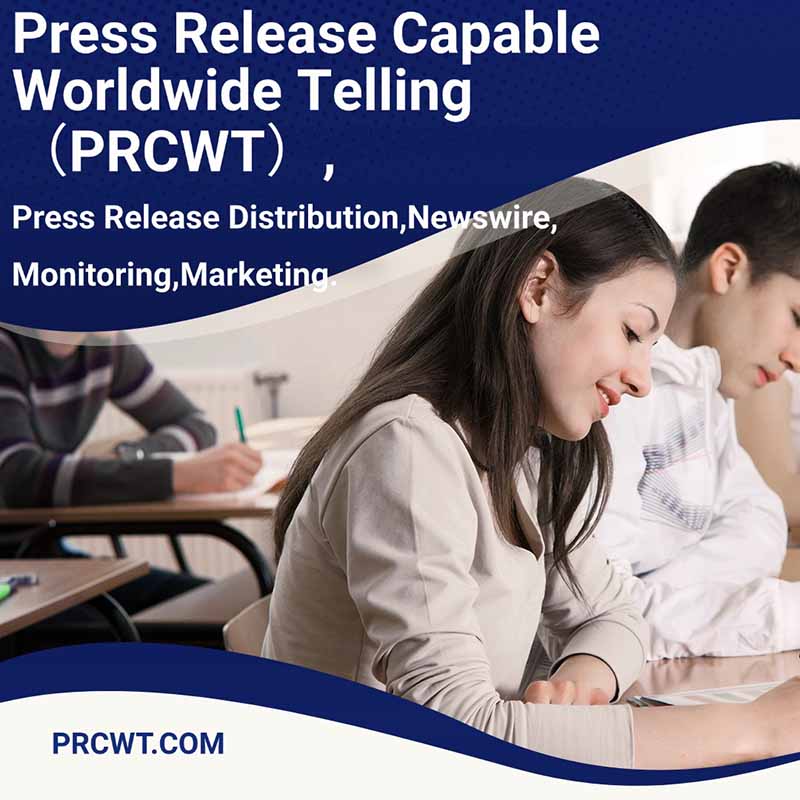In the digital age, media monitoring has become an essential tool for businesses and organizations to stay informed about what's being said about them in the public domain. It involves the tracking and analysis of various media sources, including social media, news websites, blogs, and online forums, to gather insights into public opinion, brand perception, and market trends.
According to recent industry data, the global media monitoring market is expected to grow at a compound annual growth rate of over 10% in the coming years. This growth is being driven by the increasing importance of digital media, the need for real-time monitoring, and the growing demand for accurate and actionable insights.
Media monitoring offers several benefits to businesses and organizations. Firstly, it helps them to understand how their brand is performing in the market and identify areas for improvement. By tracking mentions of their brand, products, and services, they can gain valuable insights into customer sentiment and preferences, which can then be used to develop targeted marketing strategies.
Secondly, media monitoring enables businesses to stay ahead of the competition by monitoring the activities of their rivals. By keeping an eye on what their competitors are saying and doing, they can identify emerging trends and opportunities, and take proactive measures to stay ahead.

Finally, media monitoring is also essential for crisis management. In the event of a crisis, being able to quickly and accurately monitor the media landscape can help businesses to respond effectively and minimize the impact of the crisis on their brand.
In conclusion, media monitoring is a powerful tool that offers businesses and organizations a wealth of benefits. By staying informed about what's being said about them in the public domain, they can make informed decisions, develop effective marketing strategies, and manage crises effectively.
